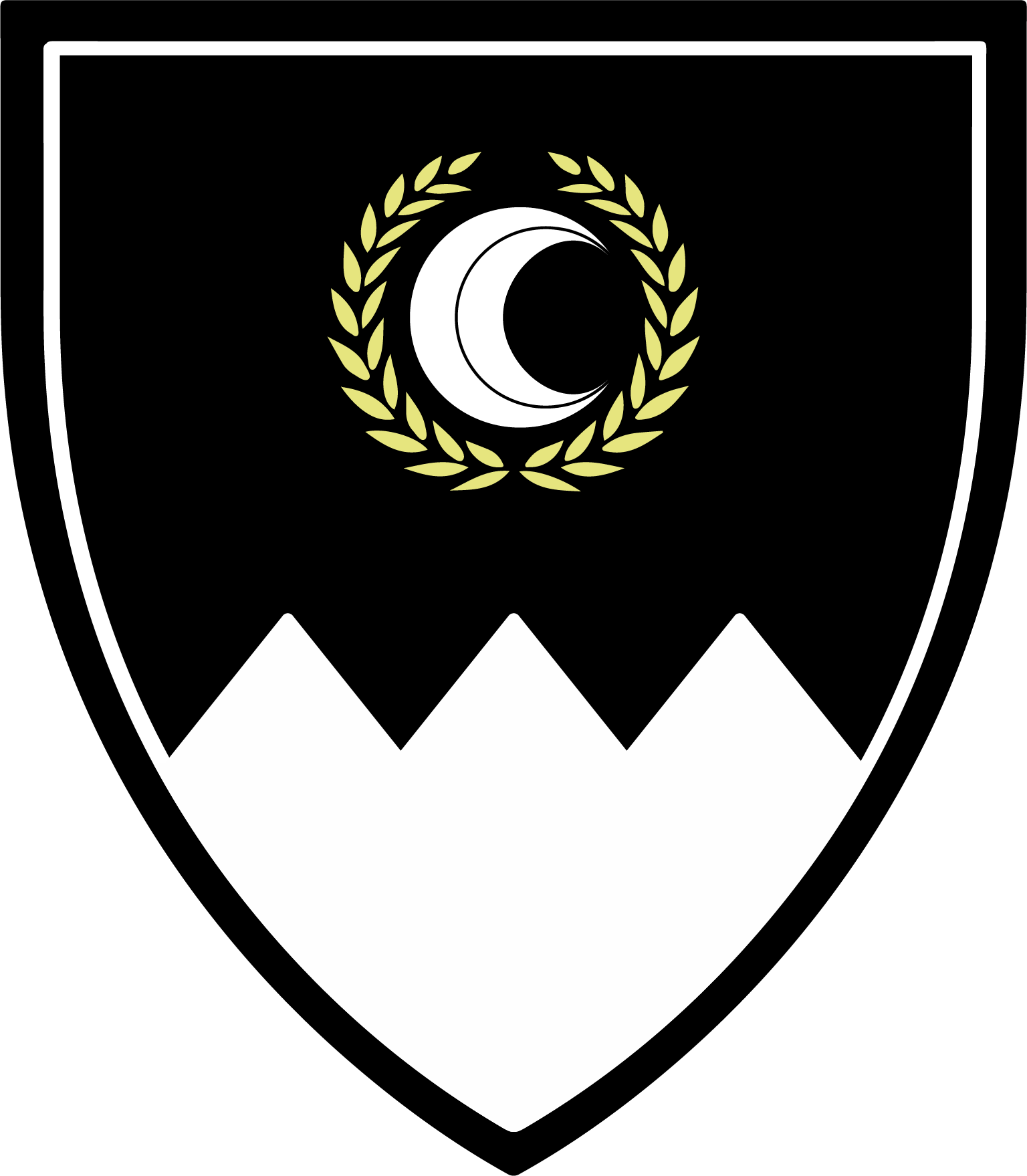In the Middle Ages, a herald was an employee of a king or nobleman, whose job it was to be that noble’s “voice.” When a knight entered a tournament or joust, his herald would announce him, and deliver challenges to his opponents. When a noble held court, and heard the grievances of the people living on his land, the herald again played a part, calling people into court, and announcing the judgments rendered. Heralds also went into the field of battle with their lords, as part of their entourage.
Heralds in the SCA do many of the same things that heralds in the Middle Ages did. Court and tournaments are a big part of what we do. But there’s more. In the SCA, participants use another name, a name that might have been used during our time period. These names reflect the culture and specific time period that a person is interested in. Each person also designs a device, a coat-of-arms, to identify him or herself. These devices follow the rules of heraldry that were set down in the 11th and 12th centuries and are still used today. We check these against names and devices already being used, to make sure there are no conflicts.
Heraldry in the Middle Ages was a person’s identity, arms were property. My job as a herald in the Current Middle Ages is to help people create an identity, a real person who does and is all the things that we, in our “real” lives wish we could be. I am the voice of our Baron and Baroness, and strive to provide them with the same services a medieval herald would.
For more information on the available awards, and how to recommend someone for an award, and other heraldic information see:
